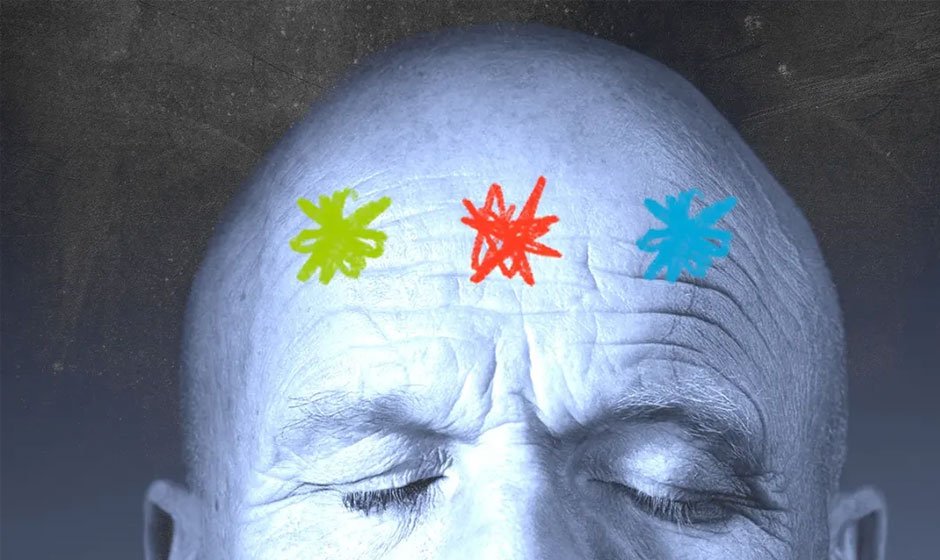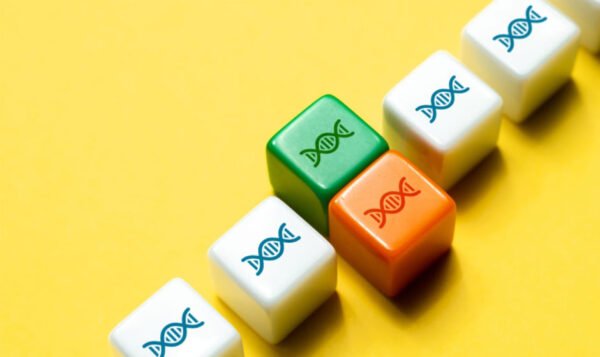10 Types of Headaches and How to Treat Them

People of all ages and backgrounds frequently suffer from headaches. Their severity, length, and associated symptoms might vary greatly, making them difficult to identify and treat efficiently. Accurate diagnosis and suitable treatment of headaches depend on an understanding of the many types of migraine and the features that correspond with them. This article will discuss ten different forms of headaches, along with their causes, symptoms, and suggested treatments.
Tension Headaches:
The most prevalent kind of headaches are tension headaches, which are frequently characterized as an agonizing, dull sensation that resembles a tight band around the head. They are usually brought on by weariness, stress, bad posture, and tense muscles in the neck or shoulders. Painkillers available without a prescription, such as acetaminophen or ibuprofen, relaxation methods, and stress reduction tactics, can all be used to treat tension headaches.
Migraine Headaches:
Intense, throbbing headaches, known as migraines, rank high on the headache chart and are frequently accompanied by additional symptoms like nausea, vomiting, light and sound sensitivity, and vision abnormalities. Numerous things, including hormonal shifts, particular meals and drinks, stress, and sensory stimulation, might cause migraines. A dark, quiet space, cold compresses given to the forehead, and drugs like NSAIDs or triptans can all be used as treatments for migraines.
Cluster Headaches:
Severe headaches that come in periodic cycles or clusters are known as cluster headaches. They usually produce severe, stabbing pain, usually in the area around an eye or temple on one side of the head. Certain meals, alcohol intake, fluctuating sleep habits, and tobacco smoke exposure can all cause cluster headaches. Prescription drugs, oxygen therapy, and nerve stimulation procedures are possible treatments for cluster headaches.
Hormone Headaches:
Hormonal variations, especially in women, are the cause of hormone headaches, commonly referred to as menstrual headaches or hormone-related headaches. They frequently happen before, during, or after periods of pregnancy or menopause, and they may be associated with other symptoms, including bloating, exhaustion, and mood fluctuations. Hormonal therapy, painkillers, and lifestyle changes are possible treatments for hormone headaches.
Sinus Headaches:
Sinusitis is inflammation of the sinus cavities that causes sinus headaches, which can produce sharp discomfort in the forehead, cheekbones, and nasal bridge. Sinusitis can also result in nasal congestion, thick nasal discharge, and face pressure or pain in addition to headache pain. Decongestants, saline nasal irrigation, analgesics, and, in some situations, antibiotics (if the sinusitis is due to a bacterial infection) are the treatments for sinus headaches.
Rebound Headaches:
Rebound headaches, also referred to as medication-overuse headaches, happen when a person abuses painkillers to the point that a headache cycle develops. They frequently happen every day, and using painkillers frequently may make them worse. The offending drugs must be stopped, and their use must be carefully tapered off under medical supervision as a treatment for rebound headaches. Preventive medicine or complementary treatments could be suggested in some situations to treat pain.
Cervicogenic Headaches:
Cervicogenic headaches are caused by disorders or anomalies in the cervical area or neck muscles. Usually, on one side, they produce discomfort that travels from the top of the head to the front. Neck movement or bad posture might cause or exacerbate cervicogenic headaches. Physical therapy, posture correction, chiropractic adjustments, and neck muscle strengthening exercises are some of the treatments for cervicogenic headaches.
Thunderclap Headaches:
A thunderclap headache is an abrupt, intense headache that lasts for a few seconds to many minutes. They may indicate a dangerous underlying illness like reversible cerebral constriction of blood condition, cerebral venous thrombosis, or subarachnoid hemorrhage. To identify the underlying reason and the best course of action for treating thunderclap headaches, patients must seek emergency medical assistance and examination.
Exertional Headaches:
Headaches that result from physical activity, such as exercising, coughing, or heaving during bowel motions, can happen during or after the exertion. They usually pass quickly and might be followed by other symptoms like nausea or vomiting. Painkillers or preventative measures may be advised in some situations, but in most cases, exertional headaches are benign and may not need to be treated.
Post-Traumatic Headaches:
Following a head trauma or injury, such as a head injury such as concussion or whiplash, post-traumatic headaches develop. They can appear right after the accident, develop weeks or months later, and last for a long time. Rest, analgesics, exercise, and other interventions aimed at addressing the fundamental cause of the head injury may be used as treatments for post-traumatic headaches.
Conclusion:
Accurate diagnosis and successful treatment of headaches depend on an understanding of the many types of headaches and the symptoms that accompany them. While many headaches may be treated with over-the-counter drugs and lifestyle modifications, some might need to be treated by a healthcare provider with specific training and experience. If you frequently, severely, or persistently get headaches, it’s critical to speak with a healthcare professional for a thorough assessment and individualized treatment plan.



